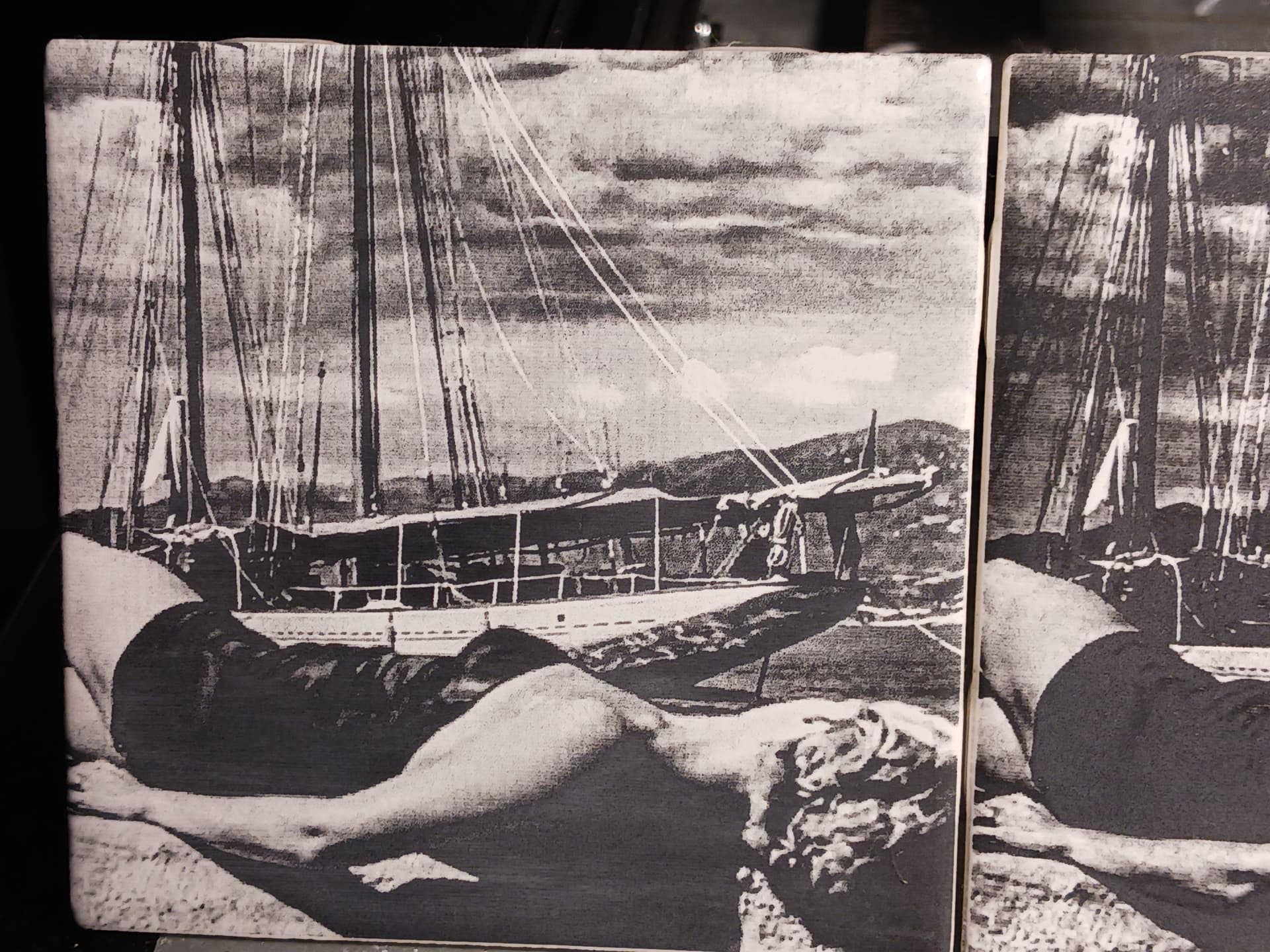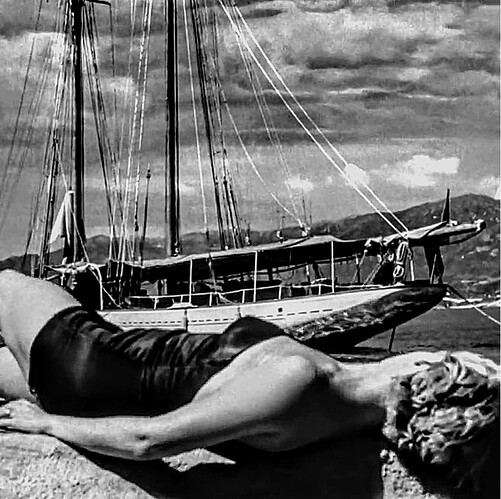Yeah… Rita Hayworth definitely works for me! In fact, I just finished watching “Lady from Shanghai” again a few minutes ago. May have to watch “Gilda” again this evening 
First - great job working out this method, and sharing your detailed notes and progress on your results.
A quick couple of notes from (way) past experience working with theatrical painting:
Many of the products like Floetrol and “japan driers” work by modifying the behavior of the solvent - usually slowing down it’s evaporation without making the paint itself “runnier” in the way that just adding more solvent (water for latex/acrylics or turpentine/mineral spirits/etc. for oils) This gives brush strokes more of a chance to self-level before the solvent “flashes” off.
It might not be a bad idea to invest in some of the strainer funnels that car painters (among others) use. Straining out any bigger chunks of pigment that didn’t dissolve will let you get a smoother coat with less effort. A few experiments with several layers of folded cheese cloth might get you results that let you know whether it’s worth investing in better strainers.
Thank you, Tom, for the kind words and interesting information.
I think I’ve decided that – for me – I will get the quickest, easiest, and most predictable results using the NWT spray paint method. I personally don’t have an aversion to using acetone for cleanup… and it only takes a couple minutes longer than the water cleanup of the Ron Clarke method. I think the “TiO2/PVA glue/water” recipe I finally came up with will work nicely on the occasions I feel up to messing with it but most of the time I think the NWT method will be my method of choice.
And my kitchen counter and sink will thank me for avoiding the messes I always tend to make… 
– David
Alright, one more thing before I go…
I wasn’t really happy that the last tiles were so dark, so I went into Lightburn and made some image adjustments. I also bumped the laser setting up to 1250mm/min and 100% power, to match the test tile I had previously made for the NWT method and that paint and laser. After adjusting the image and lasering, the result is a lighter, more detailed, image (left) than the “too dark” previous image (right)…
and much closer to the original source image (bathing suit highlights, boat reflections, etc)…
Please note this was the NWT spray-paint/acetone method… not Ron Clarke’s method w/ PVA glue.
Okay… I think I’m done.
– David
You weigh for consistency pr gravity by measuring 1ouce of water in measuring cup medicine. Pouring out water the measuring your mix.

